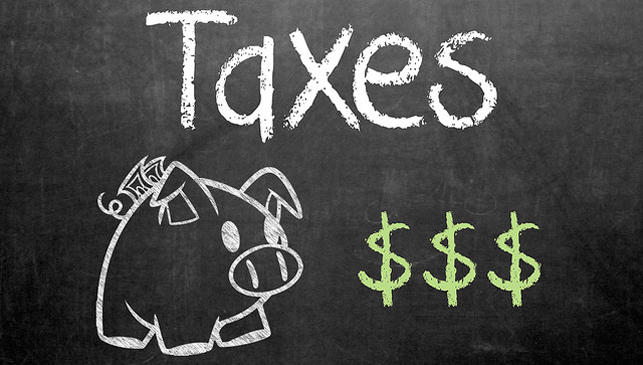Looking back on 2017, perhaps the most under-reported story of the year has been President Trump’s success in cutting back regulations. Back in January at the start of his administration, Mr. Trump signed an executive order requiring agencies to cut two regulations for every new one added to the books. But in a recent announcement, he’s crushed that number, reducing regulations by a ratio of 22 to one.
According to administration officials, agencies and departments issued 67 deregulatory actions and imposed only three new rules in 2017. All total, the administration saved $8.1 billion in lifetime regulatory costs. “We canceled or delayed more than 1,500 planned regulatory actions, more than any previous president, by far,” President Trump said. This includes 635 regulations that were withdrawn, 244 regulations that were made inactive, and 700 regulations that were delayed.
Contrast that to the Obama administration, which imposed a record 600 regulations, adding rules that cost the economy $100 million or more every three days.
The Trump administration said it will continue to power forward next year. Agencies and departments will aim to cut nearly $10 billion in lifetime regulatory costs, saving on average $687 billion per year. Mr. Trump also promised to cut the Federal Register to 1960 levels, which currently has 185,000 pages, but only 20,000 pages in 1960.
In a White House ceremony, Mr. Trump said that they will continue to target the “maze of regulations, rules, and restrictions” that have “cost our country trillions and trillions of dollars, millions of jobs, countless American factories, and devastated many industries.” While liberals and the media would consign these comments to rhetoric (regulations are a good thing!), a recent study by our colleagues at the Mercatus Center at George Mason University found hard evidence of red tapes’ stranglehold on the economy.
Mercatus developed an economic model that looked at regulation’s effect on firms’ investment choices using a 22-industry dataset that covers 1977 through 2012. The findings were depressing. Regulations have created a huge drag on the economy, amounting to an average reduction in the annual growth rate of the U.S.’s GDP by 0.8 percent. According to the study:
- If regulation had been held constant at 1980 levels, the U.S. economy would have been about 25 percent larger than it actually was in 2012.
- This means that in 2012, the economy was $4 trillion smaller than it would have been in the absence of regulatory growth since 1980.
- This amounts to a loss of approximately $13,000 per capita, a lot of money for most American workers.
Constraining the growth of the administrative state is a founding principle of modern conservatism, and economic freedom is necessary for political freedom. While President Trump is no policy wonk, unlike career politicians, he’s seen first-hand how overregulation can be bad for business, and he’s out to do something about it.
Rowena Itchon is senior vice president of the Pacific Research Institute.

